Recently, on June 19, BNB Chain announced the testnet launch of a scaling solution called opBNB. Through the name, we can know that the network will build on Optimistic Rollup technology, but there is still a lot of information that users do not know and search for.
So what is opBNB, and what special characteristics does it have? Let’s find out with Crypto Chill in the article below!
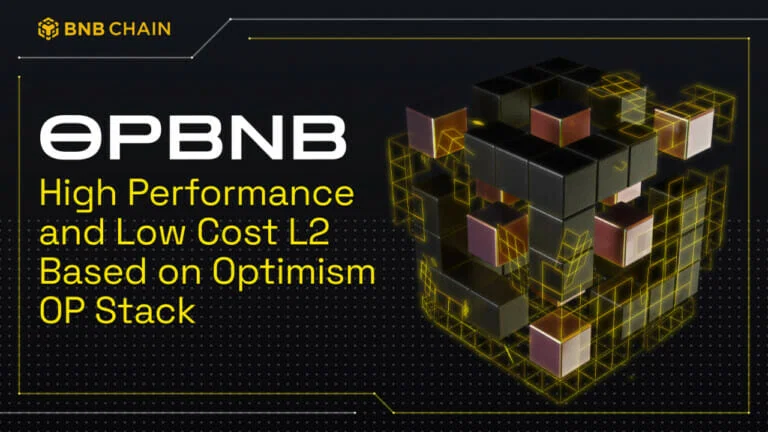
opBNB is an EVM-compatible Layer 2 scaling solution that evolves towards Optimistic Rollup and is built using Optimism’s OP Stack framework.
Optimism’s leveraging of the OP Stack further enhances BNB Chain’s scalability while maintaining security and accessibility to the network (reasonable gas fees).
Why opBNB is needed
The most fundamental reason to develop Layer 2 solutions like opBNB is because of the scalability of the existing network. Like other blockchains, BNB Chain is also suffering from performance issues, needing higher throughput and minimizing gas costs as much as possible.
Looking back specifically, in the past, 2021 was the year of the GameFi craze, and there was a time when BNB Chain generated more than 8 million transactions in one day just because of one Web3 game.

BNB Chain’s throughput crosses the limit, causing transaction speeds to slow down, making the user experience in both those games and other applications very poor.
Daily gas charges amount to over 6,800 BNB ($3 million) at the aforementioned operating level. This is a huge barrier for applications built on this Blockchain. That’s why the idea of scaling solutions on the BNB Chain was born.
Leveraging the power of Optimistic Rollup technology, computation and state storage are moved off-chain by opBNB, thereby reducing network congestion and transaction costs. Transactions are done off-chain, but their data is posted to the Mainnet as calldata, creating a high-throughput environment with lower gas fees. This is essential in the context that BNB Chain wants to complete its vision of Blockchain becoming mass adoption.
Furthermore, opBNB applies Fraud Proof to ensure the validity of transactions.
In addition to opBNB, BNB Chain is also developing an ecosystem of blockchains that support each other to make BNB Chain the most effective for mass adoption.

Why OP Stack?
OP Stack is a framework based on the principles of utility, simplicity, and extensibility for building Layer 2 solutions.
Using the OP Stack as a development framework for opBNB will bring some of the following benefits:
- The framework is modularized. By modularizing the framework (modularization here means that each piece of work that takes place on the Blockchain will be divided into individual operating units), opBNB can customize and replace these modules easily to improve network performance.
- Open ecosystem: the essence of the OP stack is to foster an open ecosystem, allowing many different projects to build together and benefit each other. Building on top of the OP stack will allow opBNB to join a network of Layer 2 Layers and be interoperable.
- Contribute to the development of OP Stack’s vision: the BNB Chain community appreciates Optimism’s innovations to the OP Stack framework. Innovations in optimizing opBNB will also contribute to the growth of the OP stack in particular and the Optimistic Rollup space in general.
In addition, the development of Optimistic Rollup technology also brings many useful features to the main network (BNB Chain), as mentioned below.
Distinctive Features of opBNB
Building a Layer 2 solution with EVM compatibility will bring tangible benefits as follows:
Highly scalable
By optimizing transaction processing to allow concurrent operations, opBNB was able to achieve high TPS levels of more than 4,000 transactions per second. This increase is significant compared to BNB Chain’s current capabilities, which are suitable for applications with large daily users. From there, developers do not need to worry that their project will cause congestion and network disruption.
In addition, average transaction costs will fall below $0.005, making it more feasible to develop high-frequency projects.
With high speeds and low gas costs, opBNB will be able to attract more users, and applications built on opBNB will reach a large number of new users.
EVM compatibility
Being compatible with the EVM means supporting compatibility with Ethereum tools and dApps. This capability simplifies the migration or expansion of existing dApps from Ethereum to the BNB Chain and opBNB networks, so that the best can be harnessed on Ethereum and the BNB Chain.
High security
Because it is built on Optimistic Rollup technology, opBNB will leverage Fraud proofing to verify the validity of transactions, providing an additional layer of trust for developers and users alike.
Possibility of future upgrades
As the Blockchain space continues to evolve rapidly, using a modular framework to develop opBNB allows opBNB to easily adapt to changes, add new features, and experiment with novel innovations. This capability makes opBNB the ideal platform for future Blockchain development.
Rich ecosystem
Not only a standalone Layer 2 solution, opBNB will be a part of the BNB Chain ecosystem, from which it can interact with many other projects and other tokens such as BNB, USDT, or ERC-1 tokens supported on opBNB.
With the above characteristics, opBNB will be an efficient and low-cost Blockchain environment that will likely accelerate the development of a wide range of new applications, from GameFi projects to SocialFi.
Frequently Asked Questions About opBNB
How do you calculate the TPS of opBNB?
According to information from the development team, an average of 21K gas is required per transfer, while OpBNB’s Block Gas Limit is 1M gas. From there, TPS = 100M/100k = 21 transactions can be calculated.
Why is performance so important for games?
Since games need low latency and fast responses, having a high transaction speed will provide a smooth user experience so that games can actually be built and used on the Blockchain just like other traditional games.
What projects is opBNB suitable for?
With the above features of opBNB, this solution is suitable for dApps that need high performance for continuous transaction execution, such as GameFi projects, DEX exchanges, payment applications, or SocialFi applications.
Summing up
Through the above article, CryptoChill has helped you know about the opBNB and the highlights of the project.
Disclaimer: This post is not investment advice. You will be 100% responsible for your investment decisions.
Please follow and subscribe to support the CryptoChill.news.




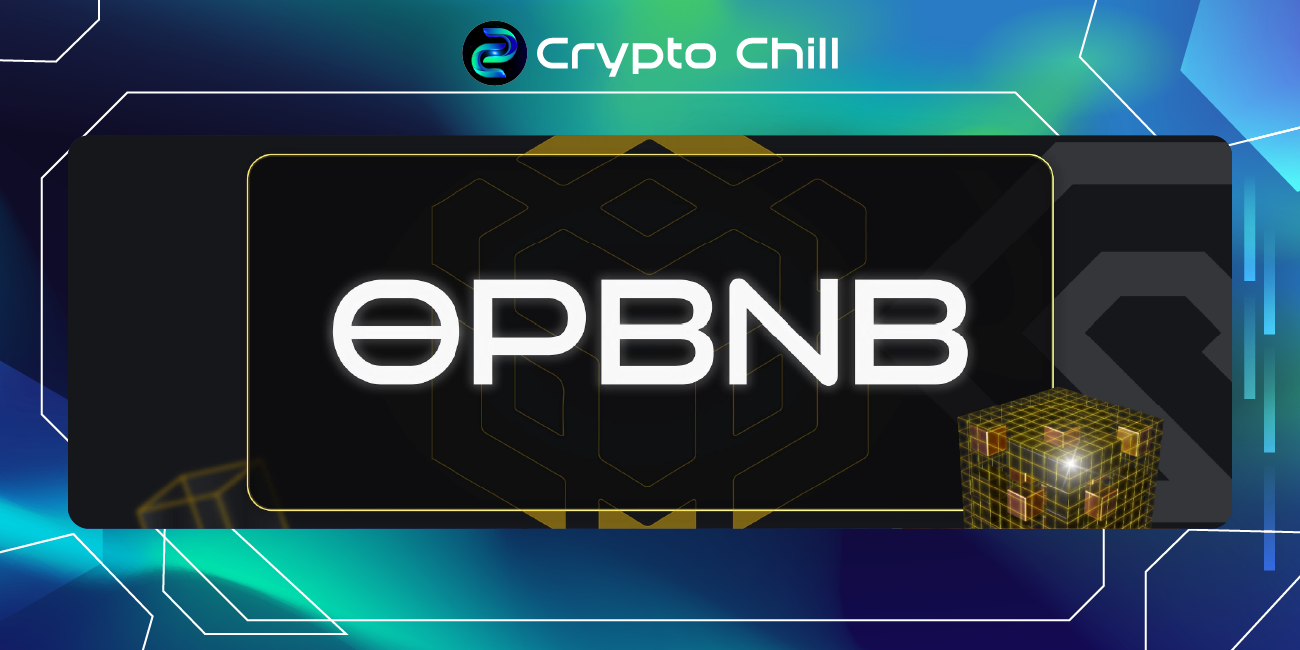
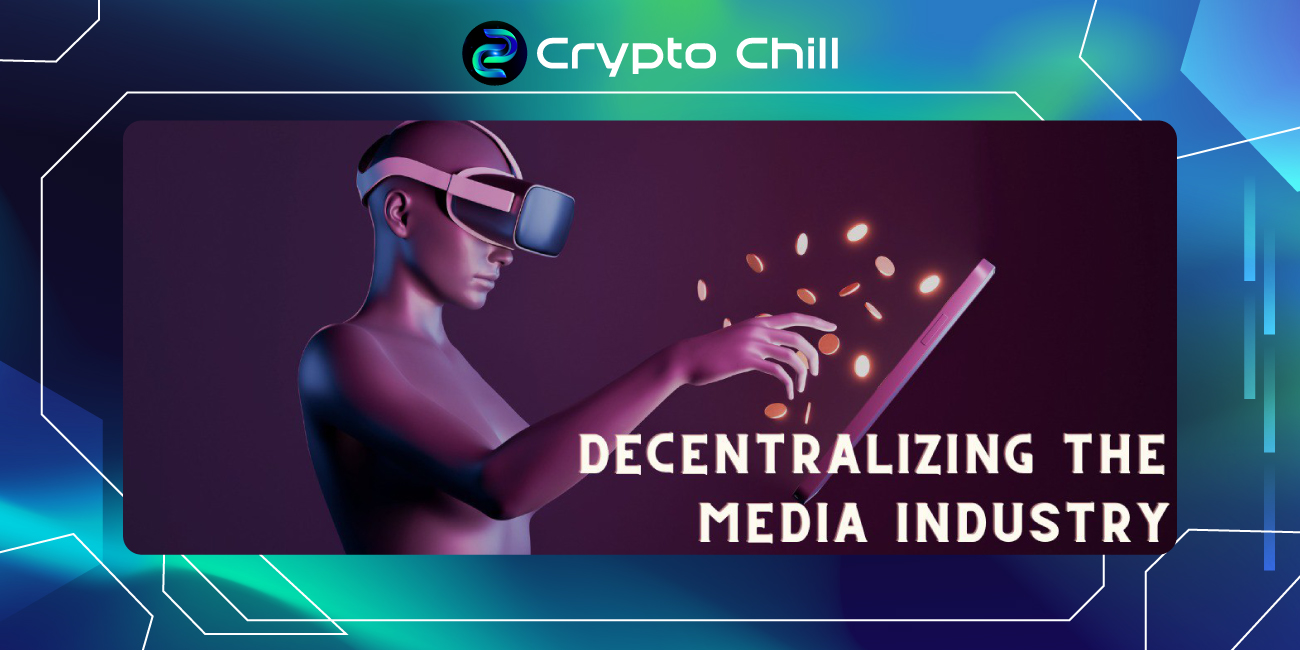
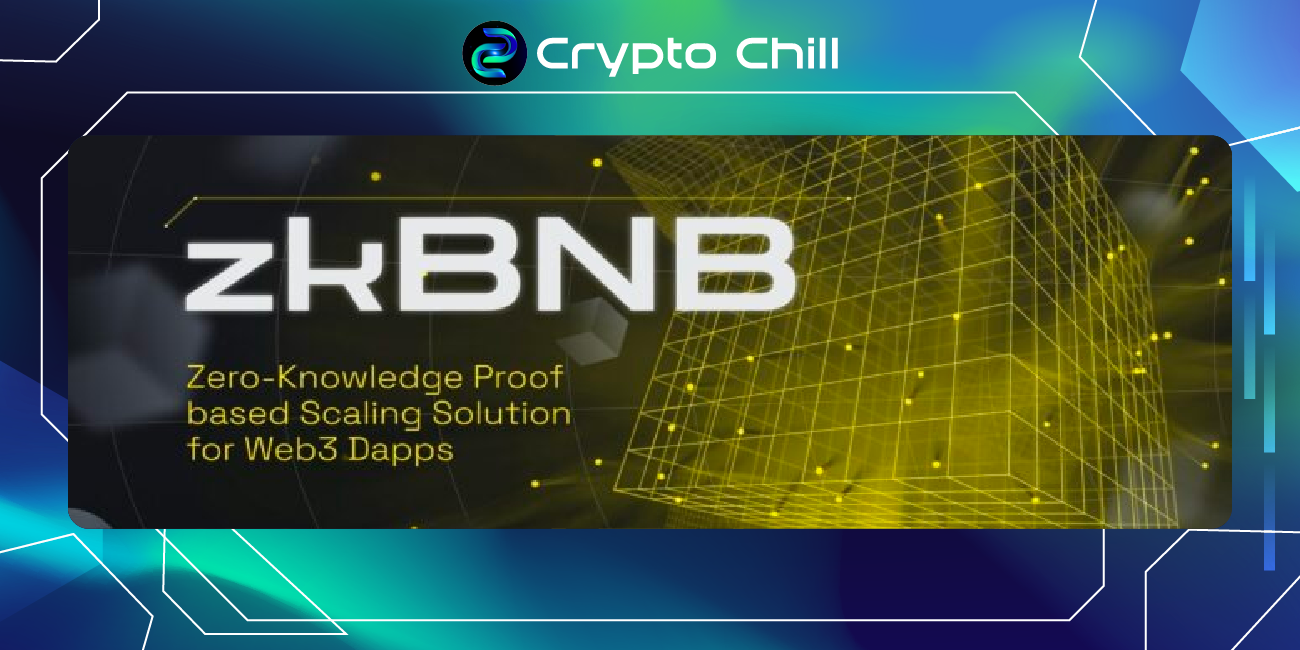
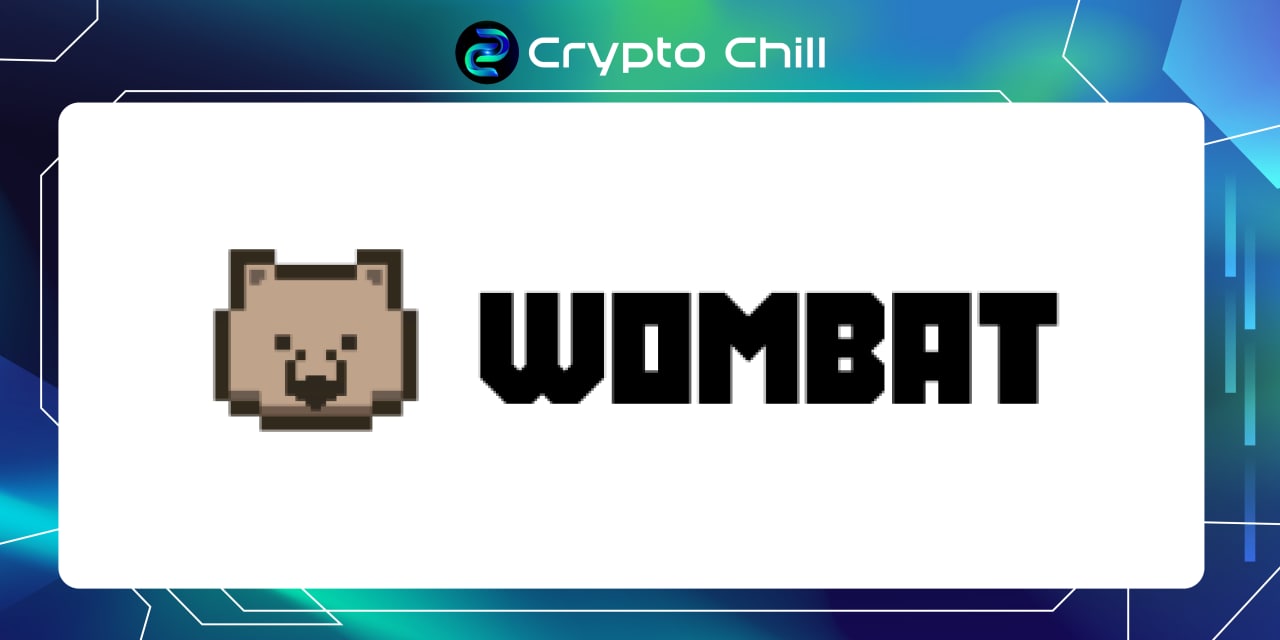
No Comment! Be the first one.